
Book Review – Max Brooks’ Devolution: A Firsthand Account of the Rainier Sasquatch Massacre
So why is Devolution a gift you would only get your worst enemies, or at least the annoying coworker whose name you got for Secret Santa this year?
At this point you may be panicking because the presents you bought over Labor Day still haven’t arrived yet and you’re just about willing to brave the closest COVID-infested mall to acquire some last minute gifts. I’m not here to tell you not to go out and risk your life for some last minute fuzzy socks (but seriously, don’t). I’m here to tell you what you shouldn’t waste your money on, and that’s Max Brooks relatively new book Devolution: A Firsthand Account of the Rainier Sasquatch Massacre, about a bunch of millennial hippies tangling it up with bigfoot (bigfoots? bigfeet?) in the Pacific Northwest.
But wait, isn’t Max Brooks that the son of Mel Brooks who wrote the highly entertaining The Zombie Survival Guide and World War Z? Yes, he is. But I would point out he also wrote the screenplay for The Great Wall starring Matt Damon, so let’s not act like his writing past isn’t at least a little bit sorted. So why is Devolution a gift you would only get your worst enemies, or at least the annoying coworker whose name you got for Secret Santa this year? Well, let’s just say this book is a bit lacking; as in, lacking plot, characterization, sense, or any kind of suspense.
Let me explain… No, there is too much. Let me sum up.
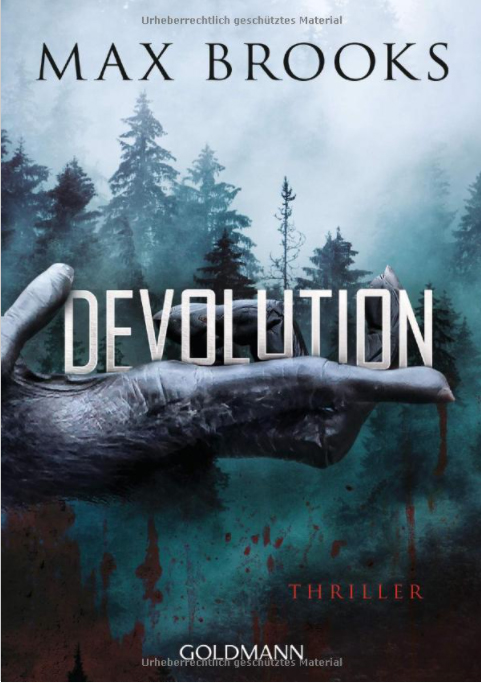
Devolution is formatted in a rambling series of journal entries, fictional interviews that may or may not have anything to do what’s going on in the main storyline, and bland excerpts on the behaviors of chimpanzees in the wild, which is what Brooks apparently thinks bigfoot are.
Our main character who’s journal we follow is Kate Holland- a complete doormat who does whatever she’s told, never questions anything, and who’s main skill set seems to be using a phone app to count calories. With her is her husband Dan, who I think may have been a zombie with how little personality or presence he had.
Katie and Dan have just moved to a purposely cut off from the world small wilderness eco-friendly village of Greenloop near Mount Rainier. And here’s where the problem comes in, because Greenloop is populated by nothing but clueless liberal stereotype characters. There’s the lesbian couple with their non-speaking foreign adopted daughter, the fat college professor who thinks he knows everything, the rich tech start up guy and his vegan yoga instructor wife, and the oddball glass artist war refugee lady who everyone thinks is a little crazy because she’s the only one with any sort of survival skills whatsoever. There might have been more, but in the end none of them really mattered as characters because they were merely shallow sitcom stereotypes of what Fox News would call liberal elites.
The gist of Katie’s story is that, almost as soon as she and Dan move Greenloop, Mount Rainier erupts, causing mudslides that cut off Greenloop from the outside world or from any escape by the residents. That’s when things start going downhill, and boy do they go downhill FAST. I should point out that the course of the entire story takes place over approximately two weeks. Not two months, or even two years, two WEEKS. Because that’s how fast a bunch of liberal elites would fall apart if left of their own, according to the author anyway.
Almost immediately people are panicking about rationing food, how long before they might get rescued, whether or not they can host their yoga classes, etc. And of course they have no emergency supplies because, why would they? At one point Katie even points out that there isn’t a hammer in the whole village. I mean, really? Really?
“How many people in L.A. have earthquake kits? How many Midwesterners are ready for tornadoes or northeasterners for blizzards? How many Gulf Coast residents stock up for hurricane season?” – PAGE 79
Obviously way more than you’d think, lady.
If you’re wondering where bigfoot fits into all this, so was I for over half the book. In fact, you could probably just skip the entire first half of the book and not really miss out on much. Bigfoot does eventually show, and then immediately proceeds to go on a murderous rampage with some sort of loosey-goosey survival of the fittest trite thrown in for good measure.
Considering how clueless and inept these people are, you can pretty much guess what happens. There’s no real satisfaction in watching them band together because it’s like giving a group of babies pencils and telling them to defend themselves against a rabid dog. Only in the babies case, you can sort of forgive them for being so helpless and inexperienced.
The very bottom line. Like, it’s way down there.
If Max Brooks was trying to make some kind of point with this book about how technology is making us all soft, he failed spectacularly. Instead he’s written a book about some unbelievably stupid characters that mostly get eaten by giant chimpanzee due to their own incompetence. So much of this book just felt lazy in the extreme, from the setup to the timeline to the depictions of a historic cryptid. It’s kind of telling when the most interesting parts of the book were actually excerpts from Teddy Roosevelt’s 1923 book The Wildness Hunter about bigfoot.
If this had been a book about some average people that were trapped in the middle of a natural disaster with bigfoot, imagine how great that would have been. Unfortunately, that’s not this book. One out of five Cthulhu. You’re probably better off watching Suburban Sasquatch and having a laugh.
 (1 / 5)
(1 / 5)
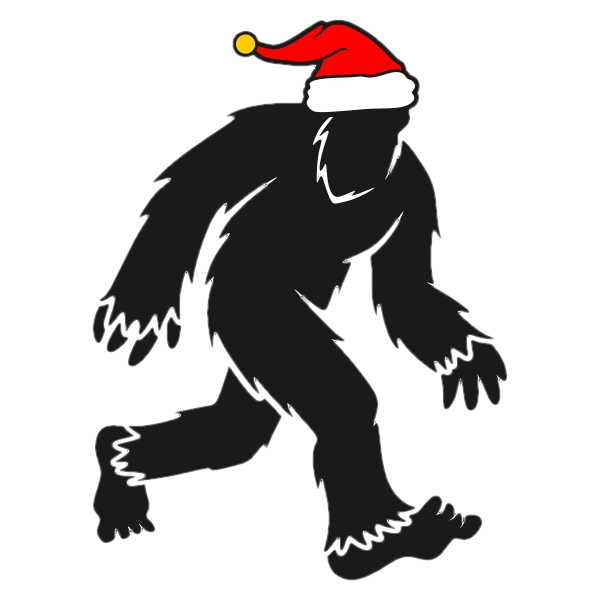
Book Reviews
A Stellar Debut Novel, We Used To Live Here
Imagine this. You’re home alone, waiting for your partner to return, when you hear a knock on your door. You answer it to see a family of five, bundled up against the cold. The father, a kindly older gentleman, explains that he used to live in this house as a boy. And he would love to show it to his family.
Do not let them in.
The story
Released in June 2024, We Used To Live Here is author Marcus Kliewer’s debut novel. It tells the story of Eve, who just purchased a beautiful house with her partner, Charlie. Their plan is to flip the house and sell it.
One night, while waiting for Charlie to come home, Eve is surprised by a knock at the door. It’s a man named Thomas Faust and his family.
Thomas explains that he grew up in the house and hasn’t been in the area in years. Would Eve let them in so that he can show the home to his children?
Against her better judgment, Eve lets them in. She regrets this almost at once when Thomas’s daughter vanishes somewhere into the house.
What worked
I always appreciate a book that allows you to play along with the mystery. And this book does that better than just about any other I’ve seen.
Pay close attention to the chapters, to the words that aren’t there. To everything about this novel.
This is mostly down to Kliewer. This is ultimately his work of art. But the production value is also fantastic. I don’t want to ruin the multiple mysteries, so I’ll just say this. There are clues in this book that require some specific artistic choices in the page layouts in this book. And I loved that.
If you’d like to experience another horror book review, check out this one.
We Used To Live Here is also the kind of story that makes you question everything right along with the main character, Eve. Eve is a great main character. But she might be an unreliable narrator. She might be experiencing every single horror described, exactly as it’s described. Or, she might be having a psychotic breakdown. Through most of the book, we can’t be sure. And that is so much fun.
Finally, the weather plays a large part in this story. There are several stories in which the weather or the land itself could be considered a character. Even an antagonist. This is certainly one. The winter storm is the thing that traps the family in the house with Eve. It also makes escaping the home difficult. Reading this book during the winter was especially impactful. Most of us know what it feels like to be shut in by a storm. I’ve personally lived through some of those storms that are just referred to by their year, as though they were impactful enough to claim the whole 365 days for themself. And that was with people I liked. Imagine what it would feel like with strangers. It’s a staggering thought and one that we explore in depth in this book.
In the end, We Used To Live Here is a fantastic book. It’s the sort of story that sneaks into your brain and puts down roots. And if this is just the first book we’re getting from Kliewer, I can’t wait to see what else he comes up with.
 (5 / 5)
(5 / 5)
Book Reviews
Exploring real terror with The House of My Mother
As a disclaimer, this is a review of The House of My Mother from a critical perspective. I will not be discussing my opinions of the legal case against Ruby Franke and Jody Hildebrandt. I will be discussing the merits of the book as a work of true crime alone.
In 2015, Ruby Franke started a YouTube channel called 8 Passengers. In August of 2023, Franke and her business associate Jodi Hildebrandt were arrested for, and later plead guilty to, charges of aggravated child abuse. And in January of this year, Shari Franke told her story in The House of My Mother.
The story
The House of My Mother is the true story of Shari Franke, the oldest child of one of the most famous family vlogger families.
As a child, Shari came to the conclusion that her mother didn’t like her. Soon, she began to fear her mother’s anger.
Things got significantly worse when Ruby started their family vlog. All of the families most intimate moments were splashed across the internet for anyone to watch. This became a living nightmare for Shari.
Of course, that was only the start of the family nightmare. Because Ruby was about to meet someone who would reinforce all of the darkest parts of herself.
Eventually Shari manages to escape her home. But her younger siblings were still in her mother’s clutches. She had to save them, and her father, from the monster her mother had become.
What worked
Through the book, Shari only ever mentions the name of one of her siblings, Chad. This is because Chad is the only of her siblings that is an adult at the time of the publication.
There are children involved in this story. Children who’s lives and privacy have already been damaged. Shari didn’t want to do that to them again, and neither do I.
It probably won’t surprise you that this book is full of upsetting details. But not in the way you might imagine.
Nowhere in this book will you find gory details about the abuse the Franke kids suffered. And I consider that a good thing. Those sort of details are all fun and games when we’re talking fiction. When it’s real kids who are really living with the damage, it’s not a good time.
What you’ll find instead is a slew of more emotionally devastating moments. One that stuck with me is when Ruby’s mother gives her a pair of silk pajamas as a gift after Ruby gave birth to one of her babies. Shari asks Ruby if she’d bring her silk pajamas when she had a baby. Ruby responds that yes, when Shari becomes a mother they can be friends.
What a lovely way to make a little girl feel like she’s not worth anything unless she reproduces. And, if she does decide to have children, who is going to bring her silk pajamas?
In the end, this isn’t a story about ghosts or demons. It’s not about a serial killer waiting on a playground or in the attic of an unsuspecting family. Instead, this is a story about things that really keep us up at night. It’s the story of a woman so obsessed with perfection that she drove away her eldest daughter. The story of a young woman who’s forced to watch from afar as her beloved brothers and sisters are terrorized and abandoned. These are the sorts of things that really keep us up at night. These are the real nightmares.
More than that, though, The House of My Mother is a story of survival. It’s about a family that was ripped apart and somehow managed to stitch itself back together again. It’s about a brave young woman who managed to keep herself safe and sane in the face of a nightmare. If you haven’t read it yet, I can’t recommend it enough.
For more like this, check out my review of Shiny Happy People.
 (5 / 5)
(5 / 5)
Book Reviews
Book Review of Boreal: an Anthology of Taiga Horror
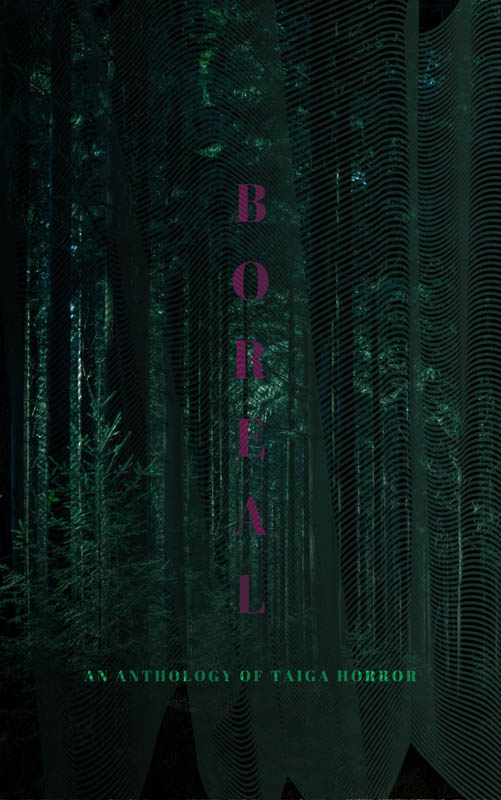
Boreal: an Anthology of Taiga Horror is a collection of twenty-two haunting tales that dwell in the deepest darkest woods and frozen wastelands, edited by Katherine Silva and including Haunted MTL’s very own Daphne Fauber. Each story has even been gifted with its very own poster, hinting at the horrors to be found within it, bestowing a beautiful visual collection as well.
The tales are varied and touch upon the environment in new and different ways, each hearkening to a sort of epiphany or raised awareness. These stories exude both dread and wonder at the smallness of our human existence in contrast to the sacred world we have isolated from, sheltering ourselves in our comfortable houses with centralized heat and everything we could possibly need or want at the ready. The taiga becomes a sanctuary outside of our own dulled awarenesses. It is a holy place imbued with powers beyond mortal human reach, a wilderness that threatens to swallow us – both whole and bit by bit, simultaneously.
The protagonists enter into this realm through ritual, superstition, longing, stubbornness, and their own hubris – yearning to survive its dangers, and to make their own marks upon it. The starkness of their surroundings harbors delicate moments that would be all too easily missed if not deliberately sought or pointed out. The softness of fur, the dappled sunlight shining through trees, the hazy clouds of breath forming in crisp air, the brittleness of bleached bone… those quiet experiences that beg to be forgotten, to lay safely sleeping just below the frozen surface, awaiting spring.
There are those who followed in the footsteps of their predecessors, seeking to escape the constraints of their parent’s and elders’ indoctrination, traditions, madness, and abuse, yearning to find their own way despite also being inextricably bound to their own pasts. There are those who just wanted to go for a walk in the woods, and remained forever changed by what they experienced. There are those who wished to impose their will upon the wilderness, their order falling to disarray, unable to make lasting impact. There are those who sought to leave behind the world of mankind, looking for oneness in the natural order of things through isolation, leaving a bit of themselves behind after being consumed by the terrors they encountered. There are those who truly found communion with the woods, became one with its wildness, and invited its spirit into their hearts to find peace, even at cost of their own lives. And then, there are the spirits themselves…
 (3 / 5)
(3 / 5)
All in all, I give Boreal: an Anthology of Taiga Horror 3.0 Cthulhus. I love existential angst so I found it to be an enjoyable read, and I appreciated the myriad manners in which the biome was explored. But there were points in which I found myself struggling to follow along, as if the words were swept up into their own wilds in ways that alienated myself as reader, as if my mere voyeurism into this otherworldly place was not enough to comprehend the subtle deviations in storytelling mannerisms fully. I suppose in some sense this seems appropriate, but at the same time, it left me feeling a bit unfulfilled, as if I had missed a spiritual connection that should have resonated more deeply.

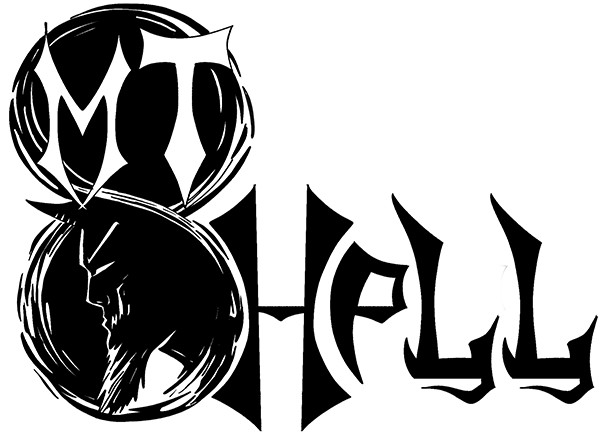
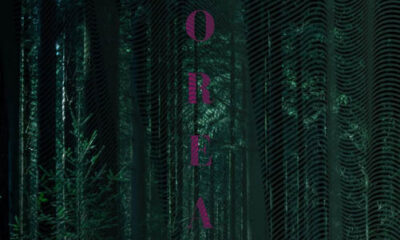

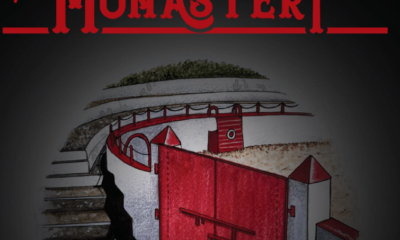





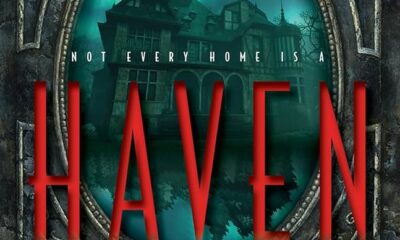

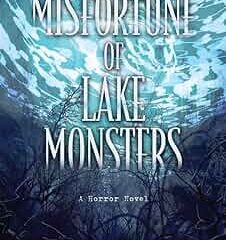

Sarah Moon
January 6, 2021 at 8:22 am
I am so glad I’m not the only one that feels this way about Max Brooks!